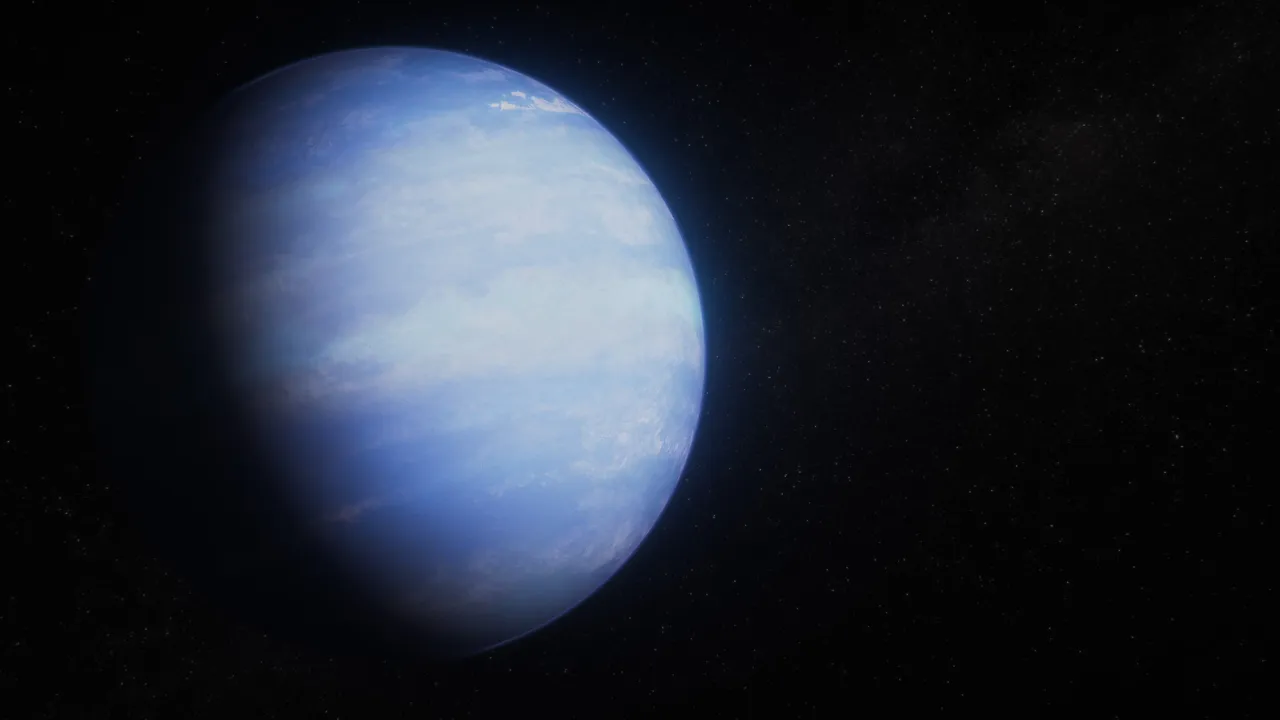"The Webb data tells us that planets like WASP-107 b didn’t have to form in some odd way with a super small core and a huge gassy envelope. Instead, we can take something more like Neptune, with a lot of rock and not as much gas, just dial up the temperature, and poof it up to look the way it does," explained Mike Line from ASU.
Researchers decode why warm gas-giant exoplanet WASP-107 b is so puffy?

A new study using NASA's James Webb Space Telescope (Webb) has unravelled the long-standing mystery of the puffy exoplanet WASP-107 b. The results, published in the journal Nature, may explain the puffiness of dozens of low-density exoplanets, helping solve a long-standing mystery in exoplanet science.
Webb's extraordinary sensitivity, combined with past observations from the Hubble Space Telescope, allowed researchers to precisely measure the light filtering through the atmosphere WASP-107 b. The transmission spectroscopy - a method used to identify the various gases in an exoplanet atmosphere based on how they affect starlight - revealed a lack of methane (CH4) in its atmosphere - a gas typically abundant in hot exoplanets.
The findings suggest that the planet's interior must be significantly hotter and the core much more massive than previously estimated. The culprit behind this unexpected heat appears to be tidal heating. WASP-107 b's orbit isn't perfectly circular, causing the pull from its star to fluctuate throughout its 5.7-day revolution. This constant stretching and squeezing generates internal friction, heating the planet.
"Based on its radius, mass, age, and assumed internal temperature, we thought WASP-107 b had a very small, rocky core surrounded by a huge mass of hydrogen and helium. But it was hard to understand how such a small core could sweep up so much gas, and then stop short of growing fully into a Jupiter-mass planet," explained Luis Welbanks from Arizona State University (ASU), the lead author of this paper.
With the internal heat source identified, researchers reanalyzed the spectral data to estimate the core size. The results were surprising: WASP-107 b's core is at least twice as massive as originally believed.
- READ MORE ON:
- WASP-107 b
- James Webb Space Telescope










